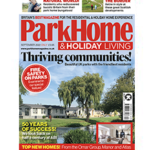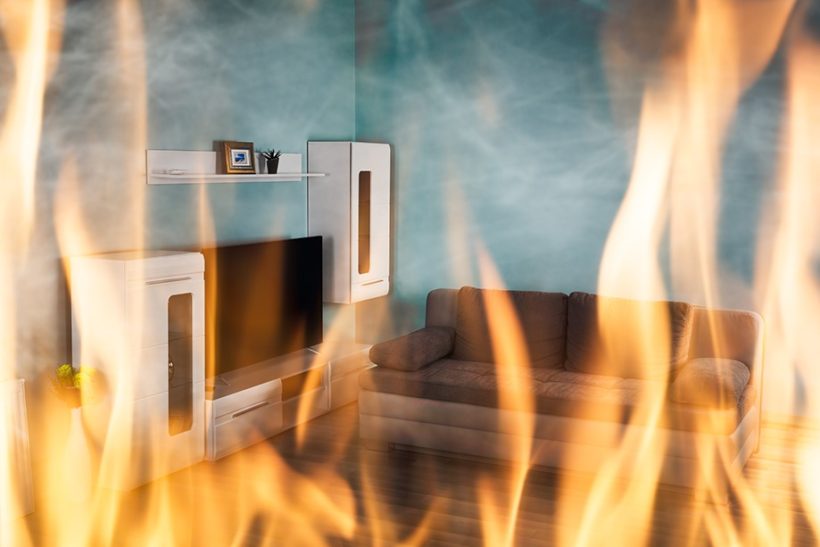James Sumner, associate director at Warfield Park, in Berkshire, explains more about the risk of fire on a modern park development, what you can do to protect yourself and why contemporary park homes are actually less of a risk than other types of housing…
It is everybody’s nightmare: a fire in their home – a fear perhaps exacerbated by Grenfell and the horrors that unfolded there. In recent years, however, the number of incidents of fires in homes have actually declined. If the statistics for 2016 are compared with 2021, there has been a drop from 38,824 to 33,180 – a 15 per cent fall. If we make a similar comparison to 2006, the drop is even more stark: there were 55,857 dwelling fires in 2005/06, a drop of some 41 per cent.
The leading cause of fires are appliances and equipment, especially those that generate heat such as cookers, dryers, and heaters, or those which have prolonged use, such as computers and fans. The second and third leading causes are candles and holiday decorations. Smoking has consistently fallen as a cause of fires, largely in line with its decline in popularity.
Although all homes are far safer today than they were in the past, and there are also more reliable smoke and heat detectors to protect us, care still needs to be taken.
Are park homes more at risk than other homes? The answer is unquestionably ‘no’. The causes of fires in park homes are the same as any other home: accidents happen and faults occur.
Factors affecting fire safety in park homes are threefold: the construction materials and methods used to build the home; safety in the home itself; and then safety across the park as a whole.
Construction
Park homes generally use different materials from traditional homes, and are built in a different way, being factory constructed and then transported to site. That said, new modern methods of construction for homes use increasingly similar materials and, with modular construction in factories, the two are getting ever closer together. The predominance of wood and insulation materials, whatever the given construction process, will always present a fire risk, even though fire retardant barriers are used.
Park homes are constructed to British Standard BS: 3632, which sets various standards for their design and construction, including fire safety. Ensuring your park home has been constructed to BS: 3632 will give you the confidence that appropriate standards have been met.
Safety in the home
Apart from the inherent safety of the materials used, all new park homes have at least one smoke alarm, and many have more. In 2019/20, 91 per cent of households had a working smoke alarm; this is three per cent higher than 2014/15 and 15 per cent higher than 2001. Smoke alarms provide crucial early warning of a fire, allowing residents time to react, especially important when the household is sleeping. Having a working smoke alarm reduces the chance of death by around half. It is therefore vital that smoke alarms are checked regularly and batteries replaced when needed. Mains-wired alarms are better and have a lower failure rate.
Info point
This article’s author, James Sumner, is associate director at Warfield Park, one of the largest parks of its kind in the UK with just over 500 homes, the majority privately owned. For more information on the park, please visit warfieldpark.co.uk.

Read more in the September 2022 issue



